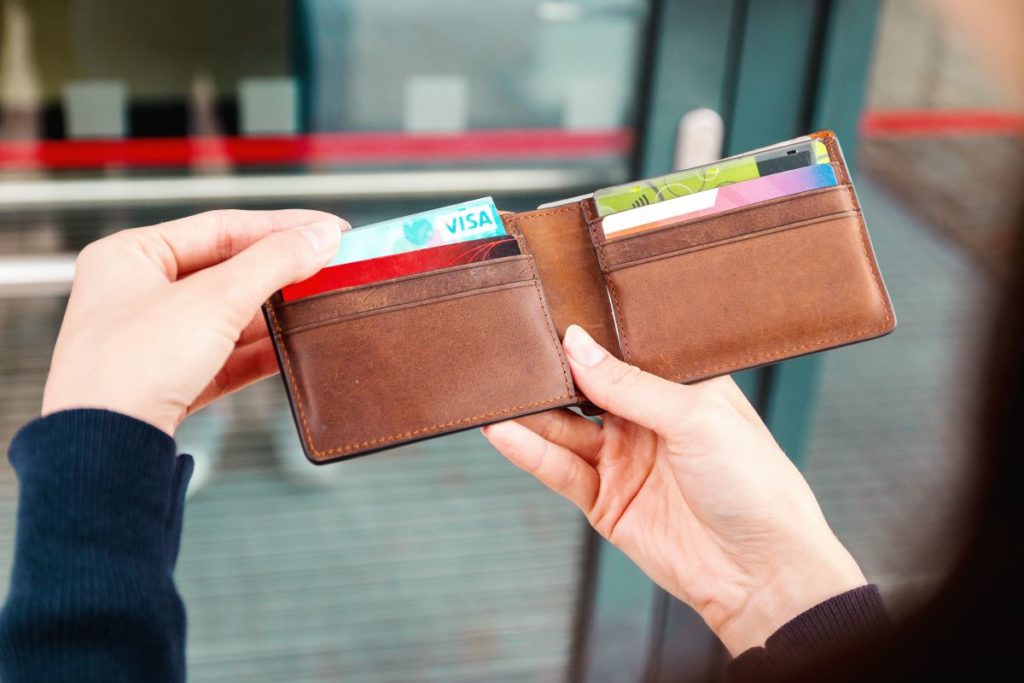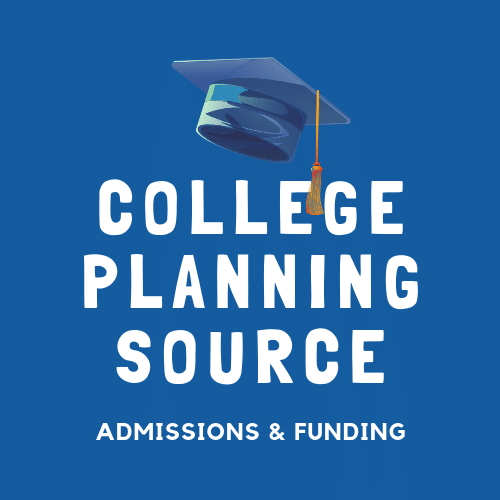Funding college can be tricky, and loans are often a part of the deal. With so many Americans stuck under the burden of debt from college loans, you are wise to gather more information before jumping into anything. We’re about to look at three of the biggest differences between applying for a student loan through a government program versus a private lender.
#1 Current Interest Rates
One of the differences will be the interest rate on the loan. According to NerdWallet, your federal student loan can have a fixed interest rate of anywhere from 4.45% to 7% depending on factors such as whether it is subsidized or not. On the other hand, CNBC reported in 2017 that the average rate of a private student loan is 7.99% As a general rule, a private loan will also be a variable rate which means it will fluctuate with the prime rate.
#2 Repayment Assistance
Let’s say you get into trouble trying to pay the loan back after school. Is there an advantage to having one type of loan over another? Actually, the answer is yes. While there are few options for getting assistance when it comes to repaying a private loan, some federal loans offer repayment plans that are based on your income.
#3 Credit History
Most student federal loans don’t even require a credit check, so you don’t have to worry about trying to establish credit while still in high school. Your credit score will have many effects on a private loan including your ability to get the loan without a cosigner and even the overall cost of your loan due to interest rates.
Helping Students Fund College the Smart Way
College Planning Source is here to help students plan college funding the right way. Whether it is assistance with acquiring a federal student loan or understanding what other options are available to you, we are here to help. Give us a call at 858.676.0700 to get your journey started today.





